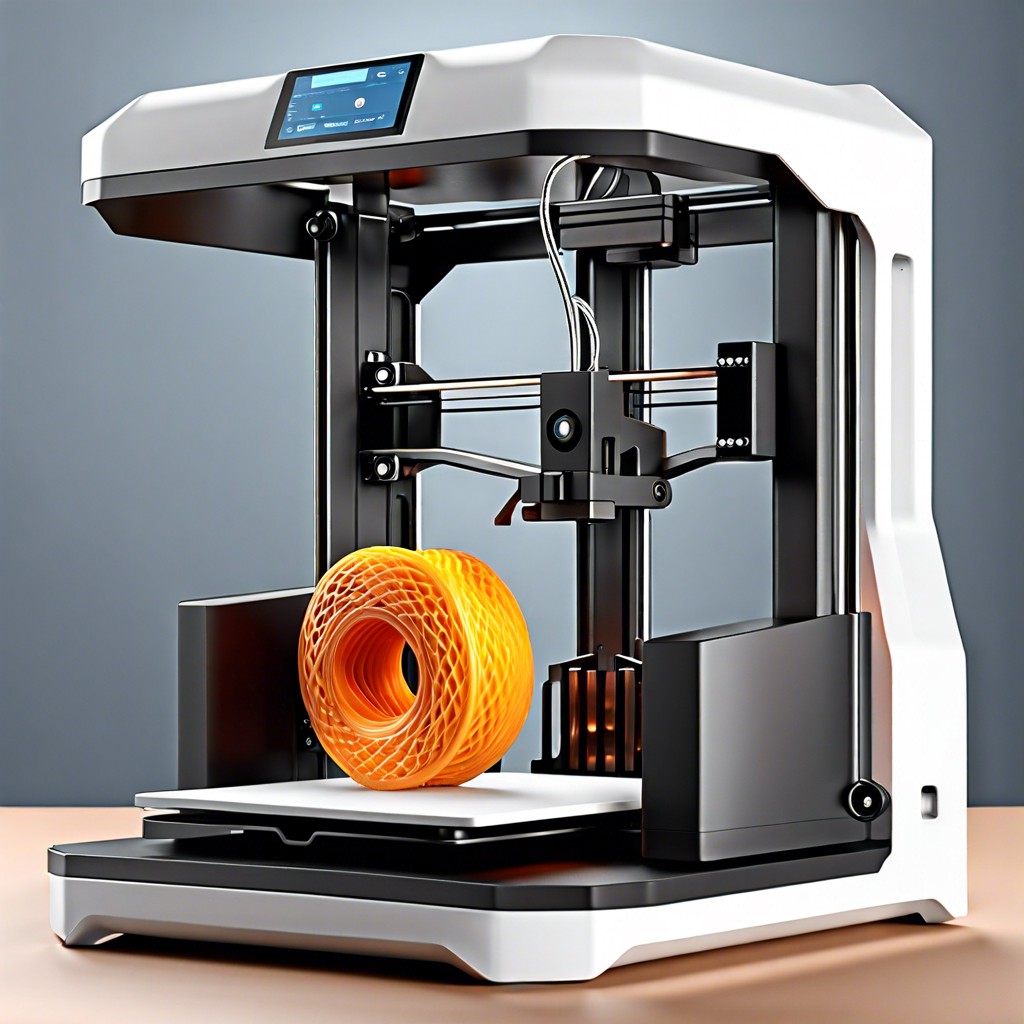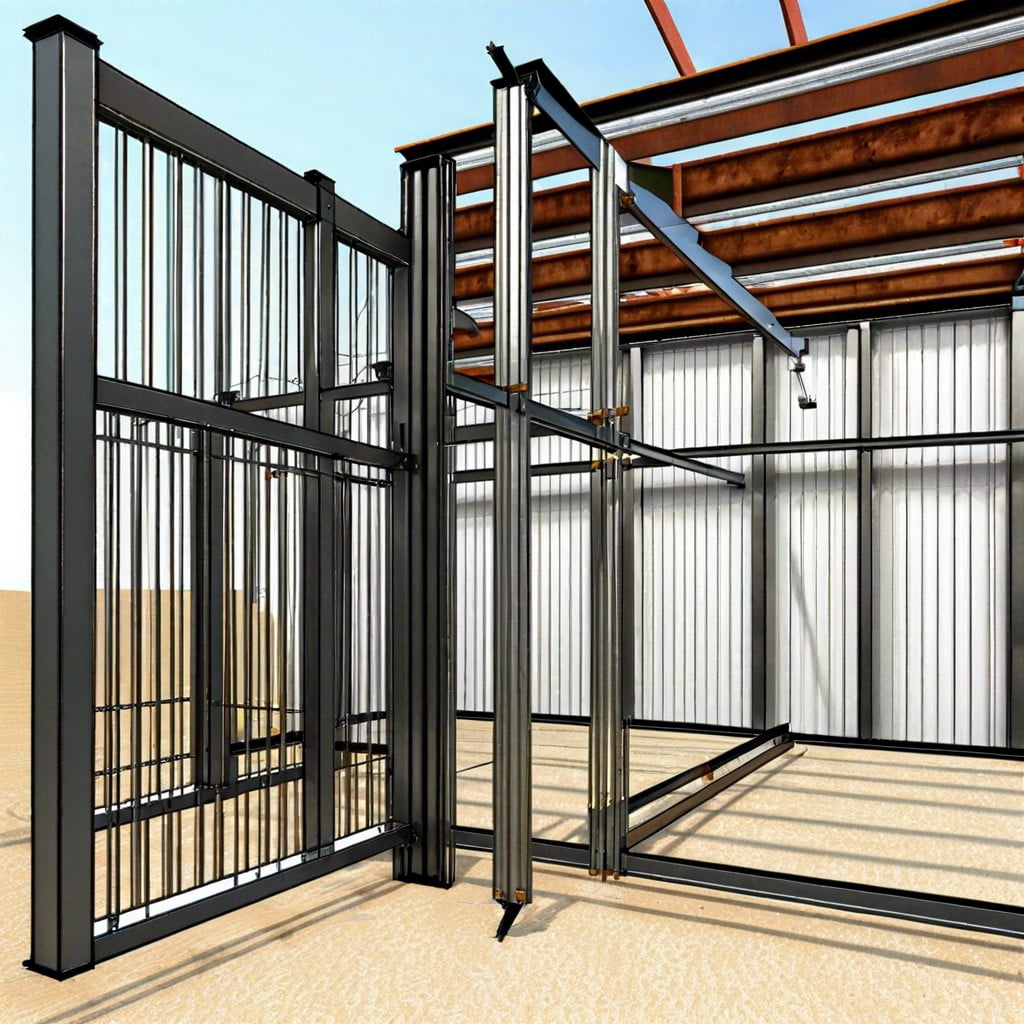Discover the world of clear injection molded plastics and learn how they revolutionize various industries with their versatile applications and benefits.
Have you ever wondered how those clear plastic containers, bottles, and other products are made? Well, wonder no more! In this article, we’ll be taking a closer look at clear injection molded plastics. We’ll explore what they are, how they’re made, and some of their common applications in construction.
So whether you’re a curious consumer or an industry professional looking to expand your knowledge on polymers and plastics, keep reading to learn more about this fascinating topic!
Types of Clear Plastic Materials
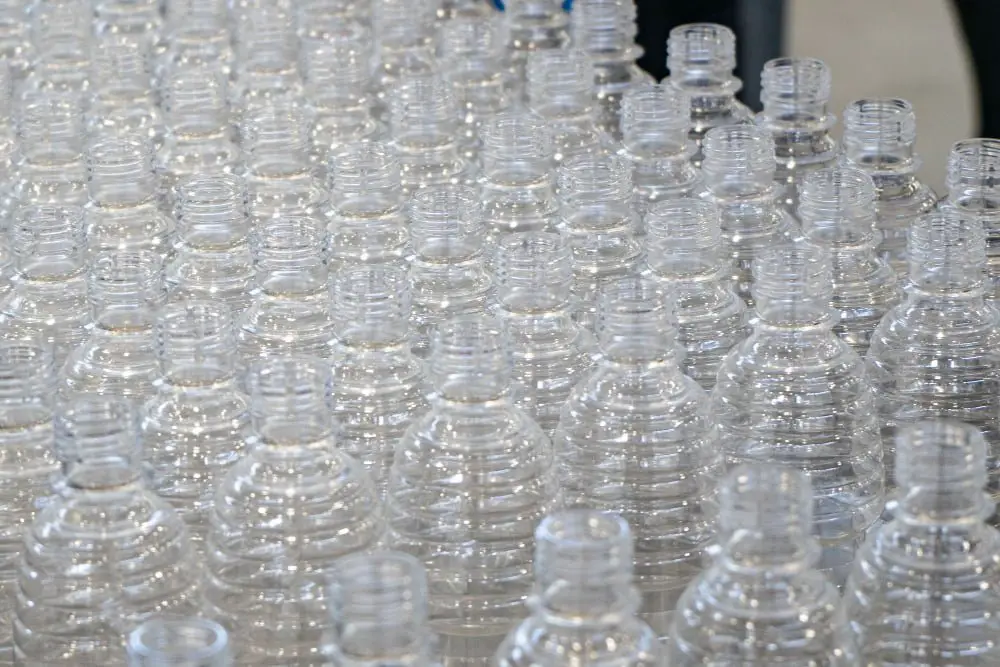
The type of plastic used depends on the desired application and specific requirements such as strength, durability, clarity, or flexibility. Some common types of clear plastic materials used in injection molding include acrylics (PMMA), high-density polyethylene (HDPE), polycarbonate (PC), polyetherimide (PEI) and polypropylene(PP).
Acrylic is a popular choice for clear parts due to its excellent optical clarity that allows light transmission up to 92%. It’s also lightweight yet strong enough to withstand impact without shattering like glass.
High-density Polyethylene is another material commonly used for translucent parts because it has good chemical resistance against acids and bases.
Polycarbonate offers superior toughness compared to other transparent thermoplastics making it ideal for applications requiring high impact resistance such as safety glasses or bulletproof windows.
Polyetherimide provides excellent heat resistance while maintaining dimensional stability even at elevated temperatures making them suitable for use in electrical components.
Lastly, Polypropylene can be utilized when transparency isn’t necessary but translucency is required; this material has good chemical resistance against solvents which makes it an ideal choice when manufacturing containers that will hold chemicals or food products.
Acrylic in Injection Molding
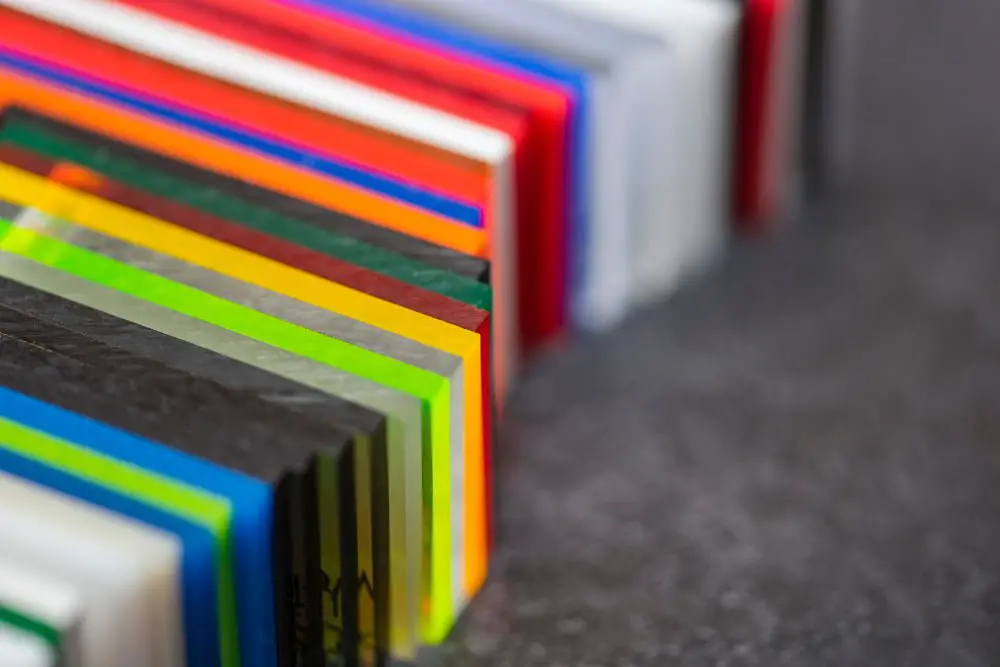
It is known for its excellent optical clarity, high impact resistance, and weatherability. Acrylic can be easily molded into various shapes and sizes while maintaining its transparency.
One of the advantages of using acrylic in injection molding is that it has a lower density than glass, making it lighter and easier to handle. Acrylic has better chemical resistance than other transparent plastics such as polycarbonate or PETG.
When designing an acrylic part for injection molding, it’s important to consider factors such as wall thickness and draft angles to ensure optimal mold filling and ejection without causing defects like warping or cracking.
High-Density Polyethylene
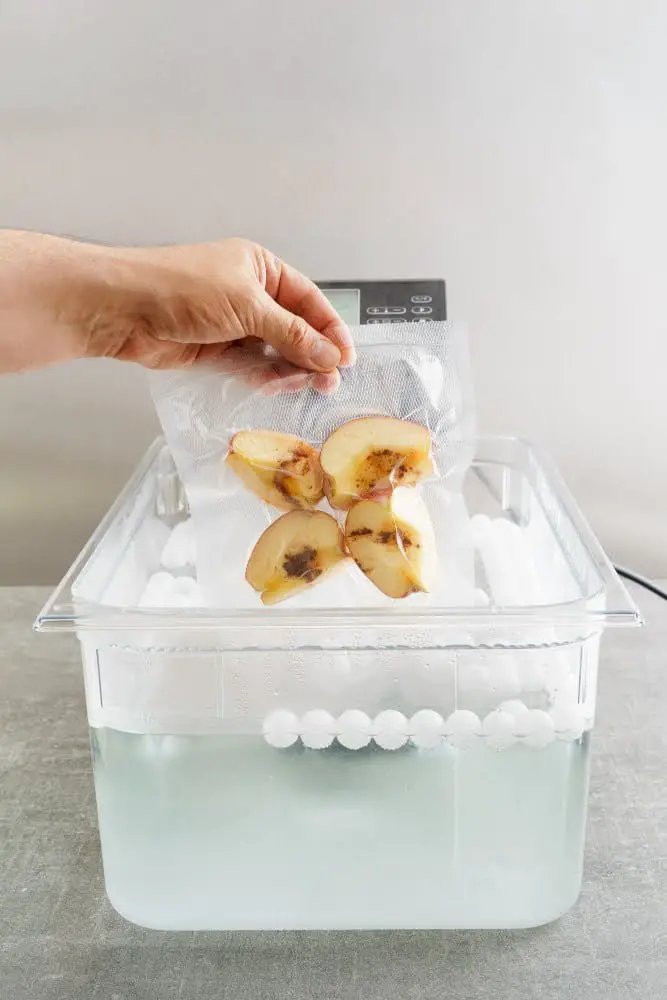
It is known for its excellent strength-to-density ratio, making it ideal for applications that require durability and toughness. HDPE also has good chemical resistance, which makes it suitable for use in harsh environments.
In the construction industry, HDPE is commonly used to make clear plastic storage bins and containers due to its high impact resistance and ability to withstand extreme temperatures. Its lightweight nature also makes it an attractive option for manufacturers looking to reduce shipping costs.
When designing parts made from HDPE, there are several factors that need consideration such as wall thicknesses or ribbing design since these can affect the part’s overall strength and clarity. Selecting the right surface finish can help improve clarity while minimizing defects like warping or sink marks.
Polycarbonate for Clear Plastics

It is known for its high impact resistance, making it ideal for applications that require durability and strength. Polycarbonate also has excellent optical clarity, allowing light to pass through with minimal distortion or coloration.
One of the most significant advantages of polycarbonate as a clear plastic material is its ability to withstand extreme temperatures without cracking or breaking. This makes it an excellent choice for outdoor products such as skylights, roofing panels, and greenhouse covers.
In addition to being durable and temperature-resistant, polycarbonate can be easily molded into complex shapes using injection molding techniques. Its versatility allows manufacturers to create custom designs while maintaining consistent quality across large production runs.
Polyetherimide in Clear Parts
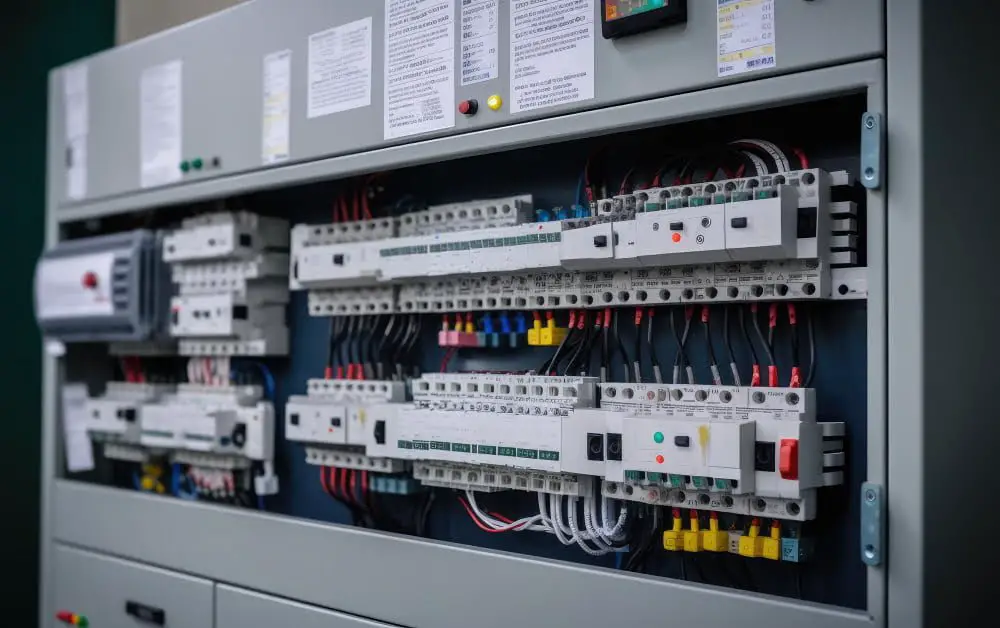
PEI offers superior strength, stiffness, and dimensional stability compared to other transparent plastics like polycarbonate or acrylic. It also has a high glass transition temperature of 217°C which makes it suitable for use in harsh environments.
PEI’s unique combination of properties makes it an attractive choice for applications where clarity is essential but durability cannot be compromised. For example, PEI can be used to manufacture medical devices such as surgical instruments or diagnostic equipment because of its biocompatibility and resistance to sterilization methods.
In addition to the medical industry, PEI is also commonly used in aerospace and automotive applications due to its ability to withstand extreme temperatures without losing its transparency or physical integrity. Its exceptional electrical insulation properties make it useful in electronic components such as connectors or switches.
Polypropylene for Translucent Molding
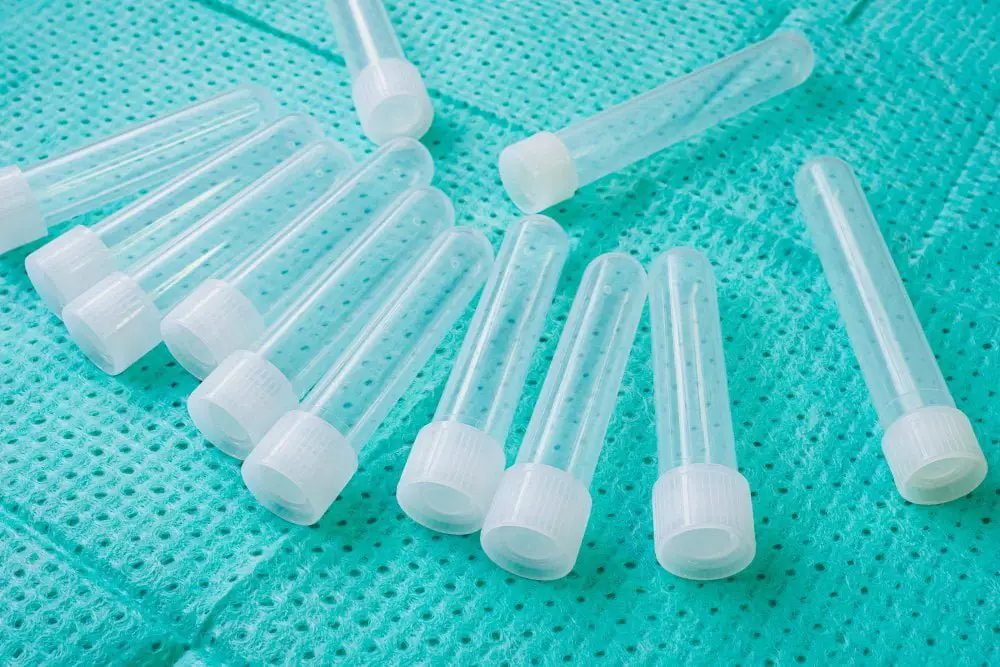
It is a thermoplastic polymer that can be easily molded into various shapes and sizes, making it ideal for manufacturing clear plastic products such as food containers, packaging materials, and medical devices.
One of the main advantages of using polypropylene in translucent molding is its excellent chemical resistance. This means that it can withstand exposure to harsh chemicals without degrading or losing clarity over time.
Polypropylene has good impact strength and stiffness which makes it suitable for applications where durability is important.
Another benefit of using polypropylene in translucent molding is its low cost compared to other clear plastics like polycarbonate or acrylics. Polypropylene resin pellets are readily available at affordable prices which make them an attractive option for manufacturers looking to produce high-quality yet cost-effective products.
Properties and Advantages
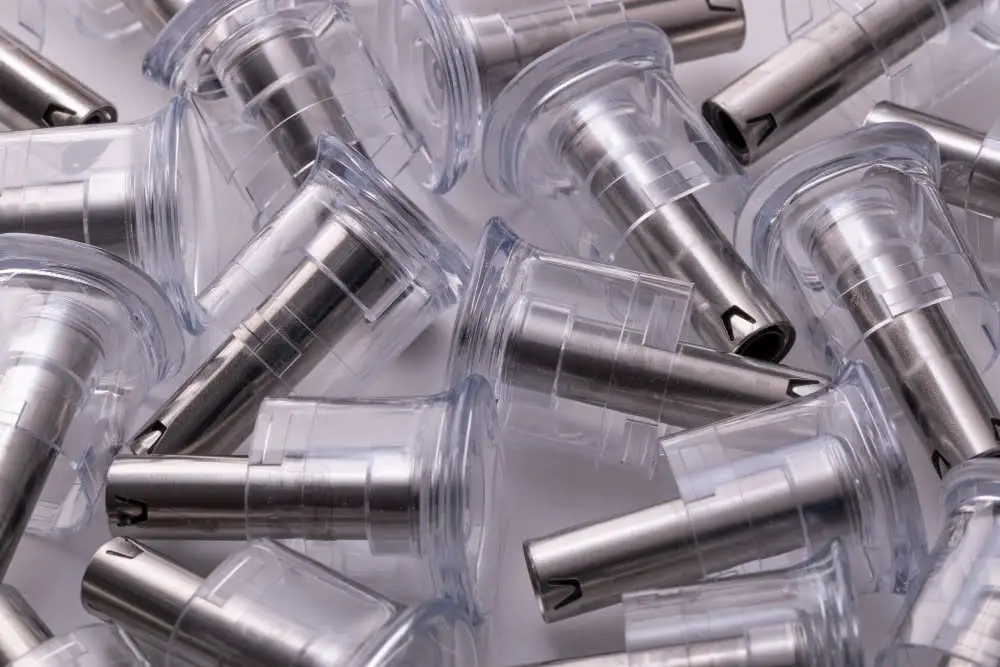
One of the most significant benefits is their transparency, which allows for easy visibility and inspection of contents. Clear plastic materials are lightweight yet durable, making them suitable for use in products that require strength without adding extra weight.
Another advantage is their resistance to impact and shattering compared to glass or other brittle materials. Clear injection molded plastics can withstand harsh environments such as extreme temperatures or exposure to chemicals without cracking or breaking down over time.
Moreover, these types of plastics are highly customizable with different colors available through tinting additives during the molding process. They also have excellent dimensional stability which means they retain their shape even after repeated use.
Applications and Industries
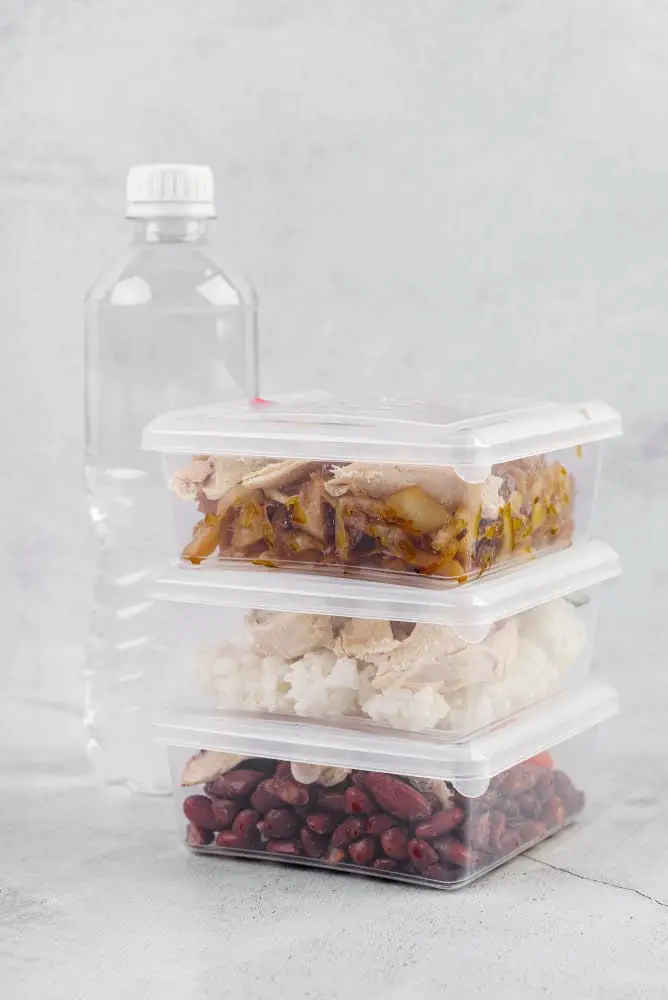
One of the most common uses is in food and beverage packaging, such as clear plastic cups, plates, bowls, and storage containers. These products are popular because they allow consumers to see the contents inside without having to open them.
In addition to food packaging, clear injection molded plastics are also used for decorative items like ornaments or display cases for collectibles. The clarity of these materials allows for an unobstructed view of the item being displayed while providing protection from dust or damage.
The construction industry has also found many uses for clear injection molded plastics. For example, roof panels made from polycarbonate provide natural light while still protecting against UV rays and weather conditions.
Clear plastic chairs have become increasingly popular due to their modern design aesthetic that complements any interior decor style while offering durability and easy maintenance.
Clear Plastic Cups
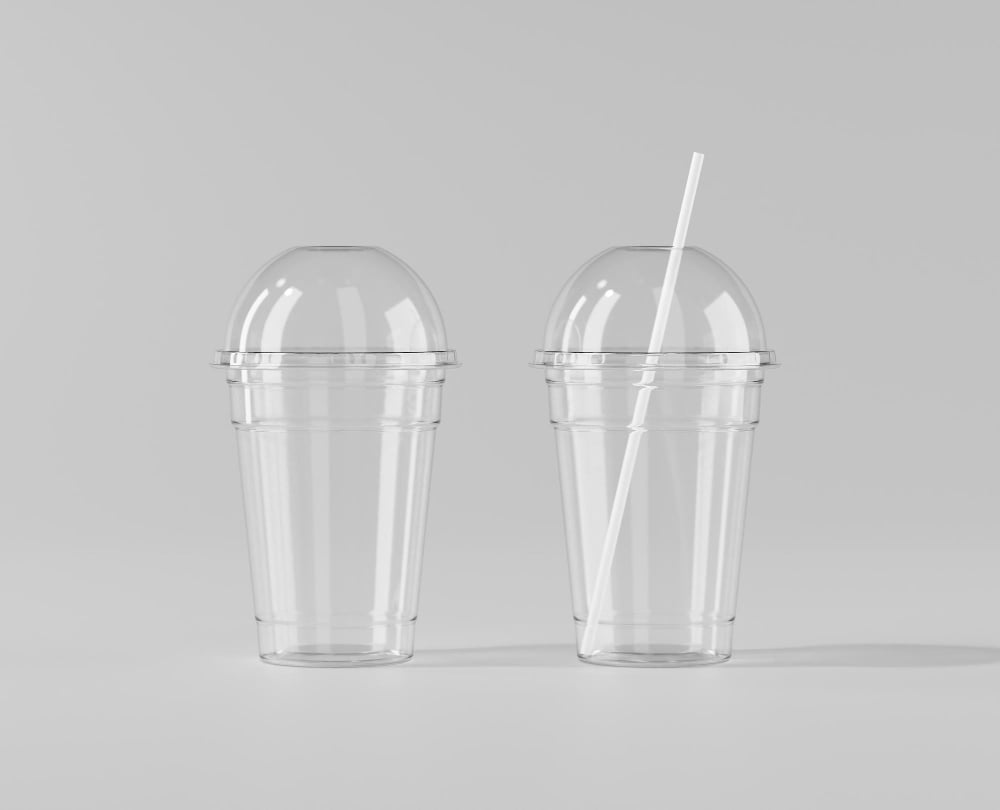
They are popular for their convenience and affordability. Clear injection molded plastics have made it possible to produce these cups in large quantities with consistent quality.
One of the advantages of clear plastic cups is that they allow you to see the contents inside without having to open them. This makes them ideal for serving cold drinks like soda, juice or water at parties or picnics where guests can easily identify their drink.
Another advantage is that they are lightweight and shatterproof compared to glassware making them safer especially when children are around. Clear plastic cups come in various sizes ranging from small shot glasses up to larger tumblers which make them versatile enough for different occasions.
Clear Plastic Storage Bins
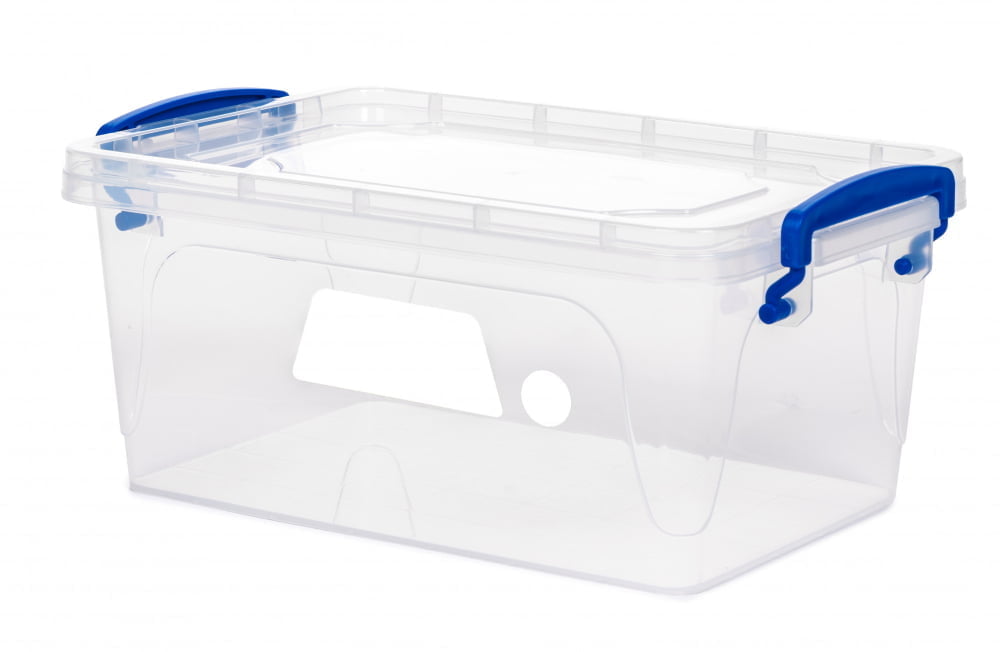
These bins offer several advantages over traditional opaque containers, including better visibility of contents, durability, and ease of cleaning. They come in different sizes to fit your specific needs and can be stacked or nested to save space.
Clear plastic storage bins are commonly used in households for storing seasonal clothing, toys, books or other household items that need protection from dust or moisture. In offices they serve as an excellent solution for keeping files organized while still being able to see what’s inside without having to open them up one by one.
In addition to their use at home and office spaces clear plastic storage boxes have become increasingly popular among retailers who want customers easily view the products on display without having them removed from the container first. This is especially useful when it comes down displaying small parts like screws or nails which would otherwise get lost if not properly stored.
Clear Plastic Ornaments

These ornaments come in various shapes and sizes, from simple spheres to intricate designs that mimic traditional glass-blown Christmas decorations. Clear plastic ornaments offer several advantages over their glass counterparts, including durability and shatter-resistance.
In addition to being more durable than glass, clear plastic ornaments can also be produced at a lower cost using injection molding techniques. This makes them an attractive option for manufacturers looking to produce large quantities of holiday decorations without breaking the bank.
Clear plastic ornament production is not limited only to the holiday season; they can also be used as decorative elements throughout the year. For example, clear acrylic or polycarbonate orbs filled with flowers or other small objects make beautiful centerpieces for weddings and other events.
Clear Plastic Plates
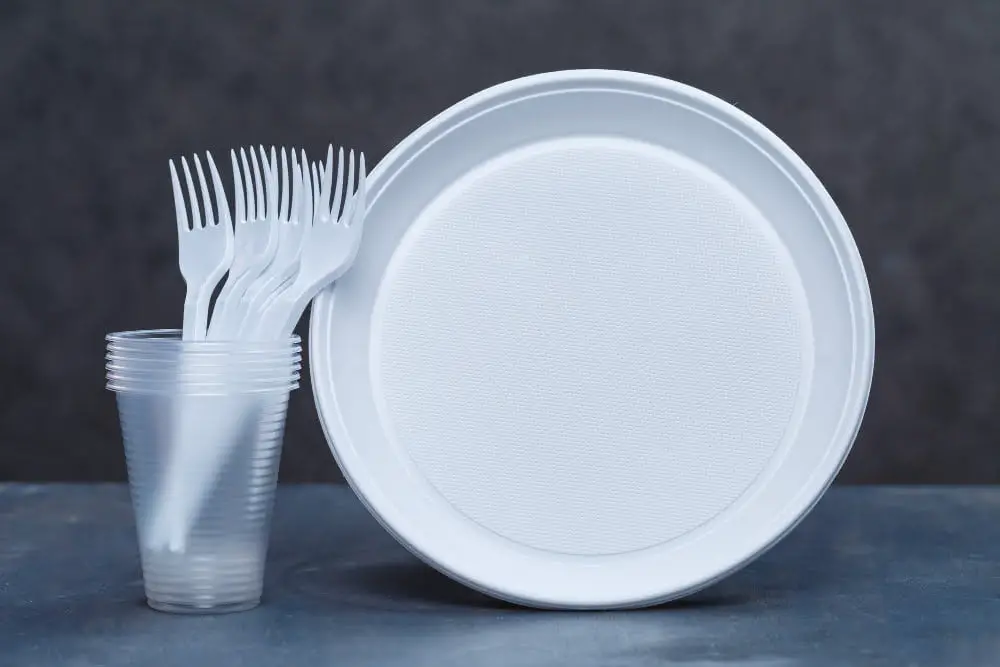
They offer the convenience of disposable tableware while still looking elegant and stylish. Clear injection molded plastics make it possible to create plates with intricate designs that mimic the look of glass or crystal without the fragility or weight.
These clear plastic plates are made from food-grade materials that meet strict safety standards. They’re lightweight, shatterproof, and easy to transport – making them ideal for catering companies or event planners who need to set up quickly.
In addition to their practicality at events, clear plastic plates also have environmental benefits over traditional paper products since they can be washed and reused multiple times before being recycled at end-of-life.
Clear Plastic Boxes
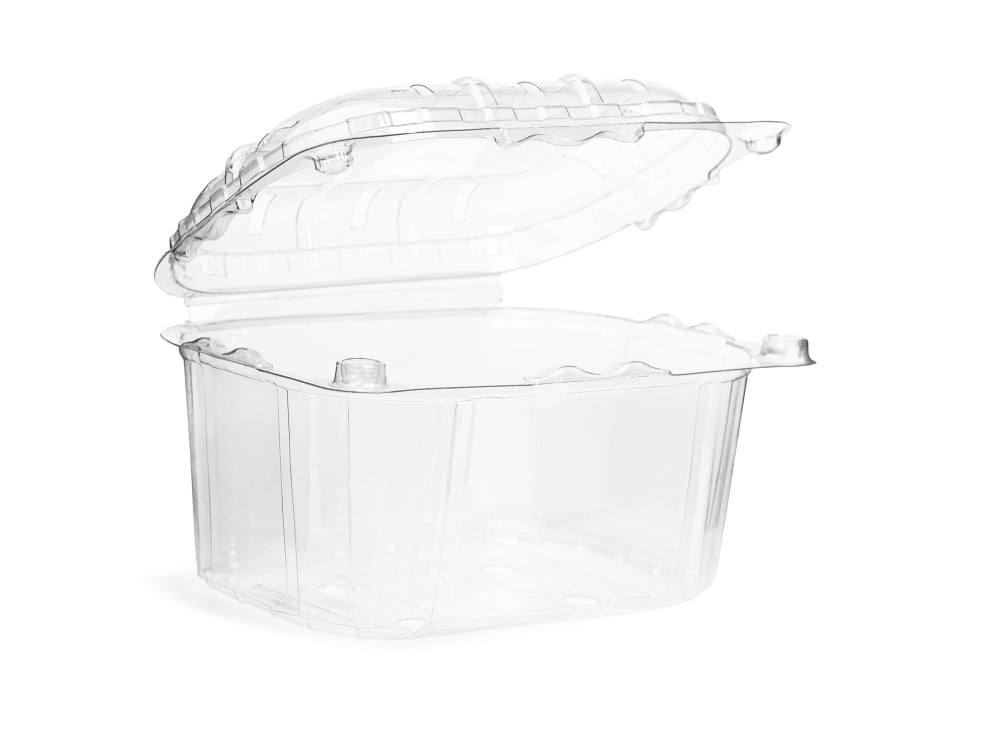
They offer several advantages over traditional cardboard or opaque containers, including better visibility of the contents inside, durability, and resistance to moisture and other environmental factors. Clear plastic boxes can be used in various industries such as food packaging, cosmetics storage, electronics display cases or even as toy organizers.
One of the most significant benefits of clear plastic boxes is their ability to showcase products effectively while keeping them safe from damage. For example, if you’re selling small items like jewelry or crafts online or at a physical store location – using clear plastic boxes will allow customers to see what they’re buying without having to open each box individually.
Another advantage is that these types of containers are reusable which makes them an eco-friendly option compared with single-use alternatives like paper bags that end up in landfills after one use only.
Clear Plastic Bowls
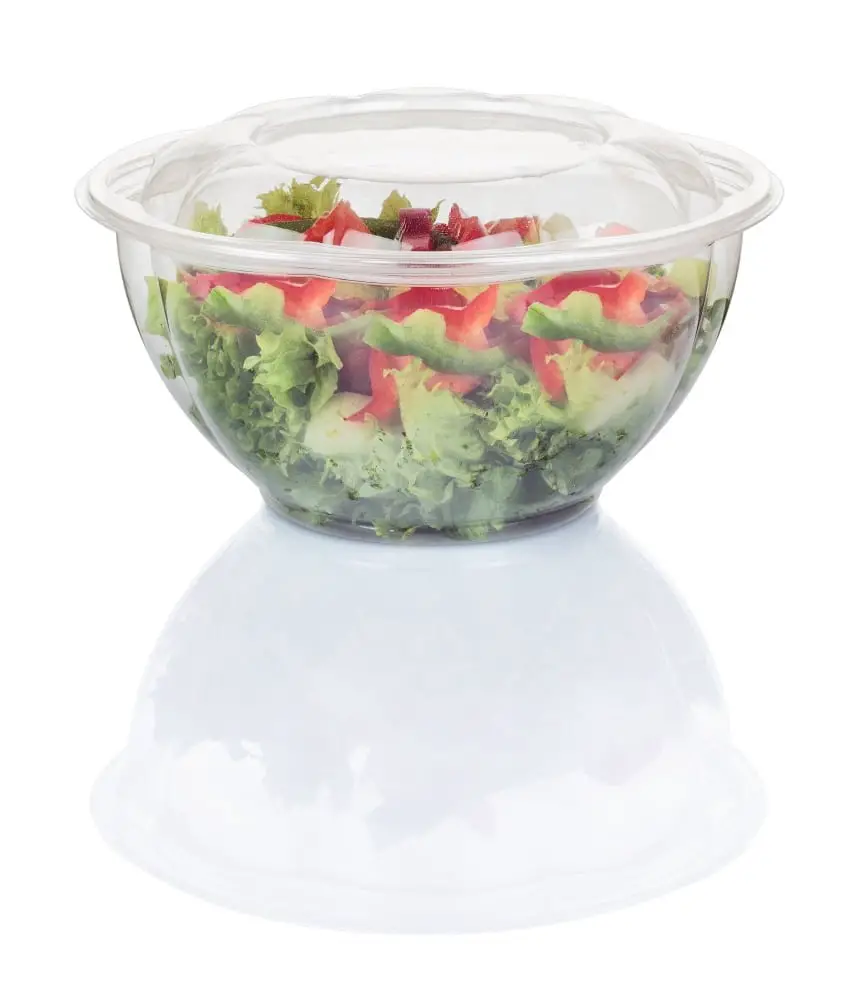
These bowls are commonly used in the food industry for serving salads, fruits, and other dishes. They offer a clear view of the contents inside, making them an attractive option for displaying food items at events or parties.
One advantage of using clear plastic bowls is that they’re lightweight and easy to transport. This makes them ideal for outdoor events where glassware may not be practical or safe to use.
In addition to their aesthetic appeal and convenience, clear plastic bowls also have excellent durability properties. They can withstand high temperatures without warping or melting which makes them suitable for use in microwaves as well as dishwashers.
Clear Plastic Chairs

They offer a sleek and minimalist look that can complement any decor style. These chairs are made from clear injection molded plastics, which provide excellent clarity, durability, and resistance to wear-and-tear.
One of the main advantages of clear plastic chairs is their versatility in terms of color schemes. Since they’re transparent or translucent by nature, they can blend seamlessly with any color palette without clashing or overpowering other elements in the room.
Another benefit is their lightweight construction that makes them easy to move around as needed. Clear plastic chairs come in various shapes and sizes such as dining room seating options like side chair designs with armrests or backless bar stools perfect for kitchen islands.
Clear Injection Molded Plastic Roof Panels
These panels offer several advantages over traditional roofing materials, including durability, lightweight design, and excellent light transmission. They can be used in various applications such as skylights or greenhouse roofs to allow natural light into the space while keeping it protected from the elements.
One of the most significant benefits of clear injection molded plastic roof panels is their ability to withstand harsh weather conditions without cracking or breaking. Unlike other roofing materials that may become brittle over time due to exposure to UV rays and extreme temperatures, these panels retain their strength and clarity for years.
Another advantage is that they are easy to install due to their lightweight nature compared with glass or metal alternatives. This makes them an ideal option for DIY enthusiasts who want a cost-effective solution without compromising on quality.
Clear injection molded plastic roof panels provide excellent light transmission which helps reduce energy costs by allowing natural sunlight into buildings during daylight hours instead of relying solely on artificial lighting sources.
Design Considerations
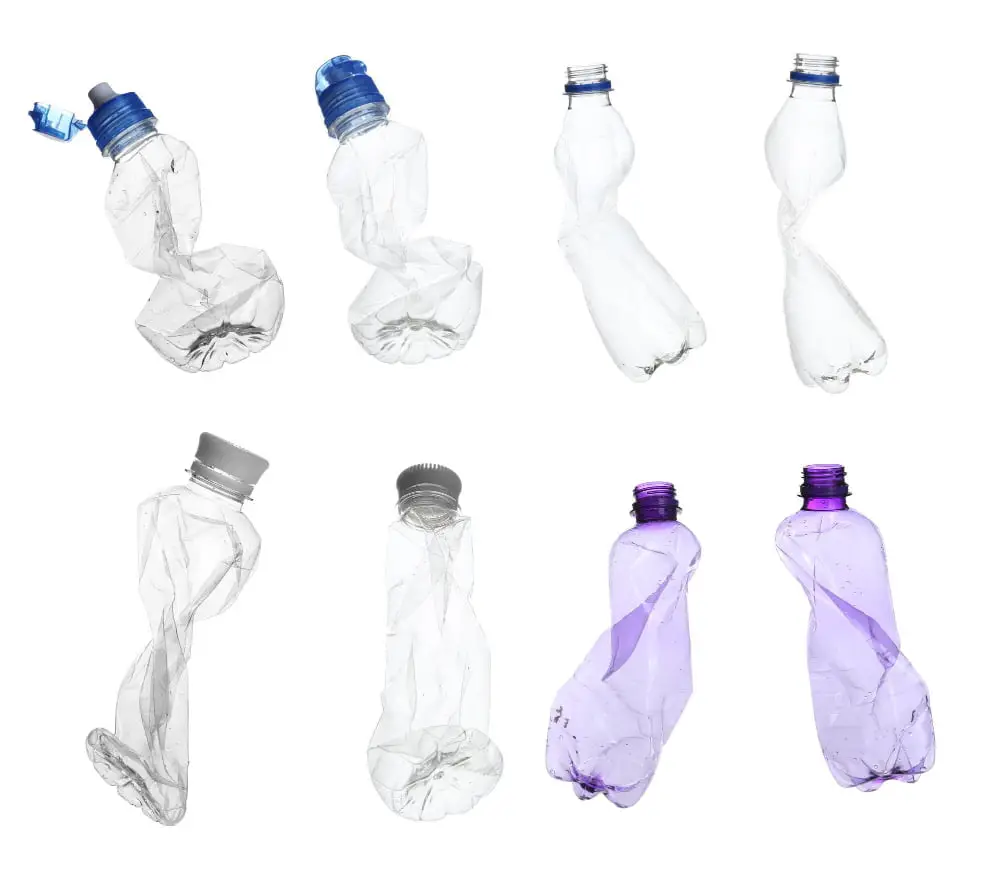
First and foremost is the clarity of the final product. To achieve optimal clarity, it’s important to avoid any design features that could cause distortion or cloudiness in the plastic.
This includes avoiding sharp corners or edges, as well as minimizing any texturing on surfaces.
Another consideration is wall thickness. Clear plastics tend to be more brittle than opaque materials, so thicker walls can help prevent cracking or breaking under stress.
It’s also important to consider how light will interact with your part when designing for clear plastics. Depending on your application and desired effect, you may want to incorporate optical effects such as refraction or reflection into your design.
It’s worth noting that some colors can affect transparency and clarity when used in conjunction with clear plastics – particularly darker shades like black which absorb light rather than allowing it through.
Design Tips for Clear or Translucent Parts
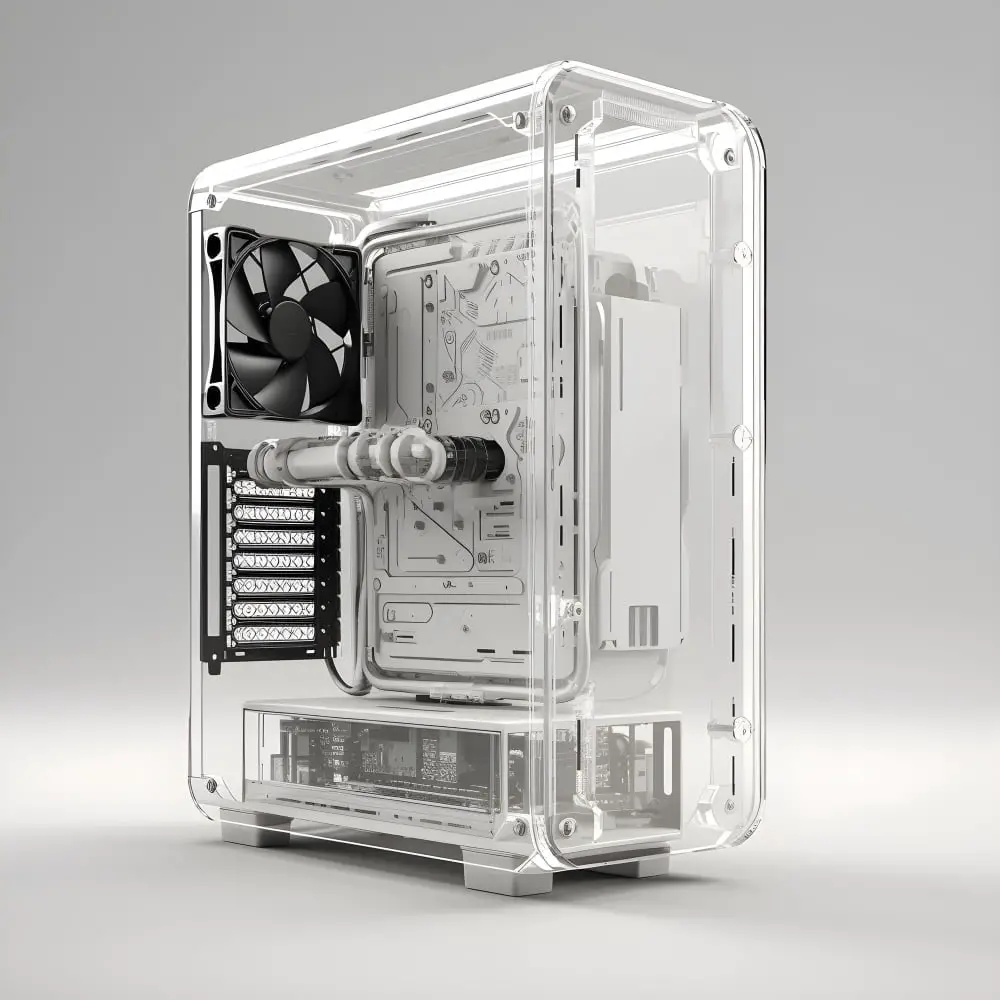
Here are some design tips for creating successful clear injection molded plastics:
- Wall Thickness: Keep wall thickness consistent throughout the part to avoid warping or distortion.
- Draft Angles: Incorporate draft angles into your design to allow for easy ejection from the mold.
- Gate Placement: Place gates in areas that will not affect clarity, such as near edges or corners.
- Textures and Patterns: Consider adding textures or patterns to enhance visual appeal while still maintaining clarity.
- Undercuts and Overhangs: Avoid undercuts and overhangs that can create shadows on a transparent surface, making it difficult to see through clearly.
Surface Finishes for Clear Plastics
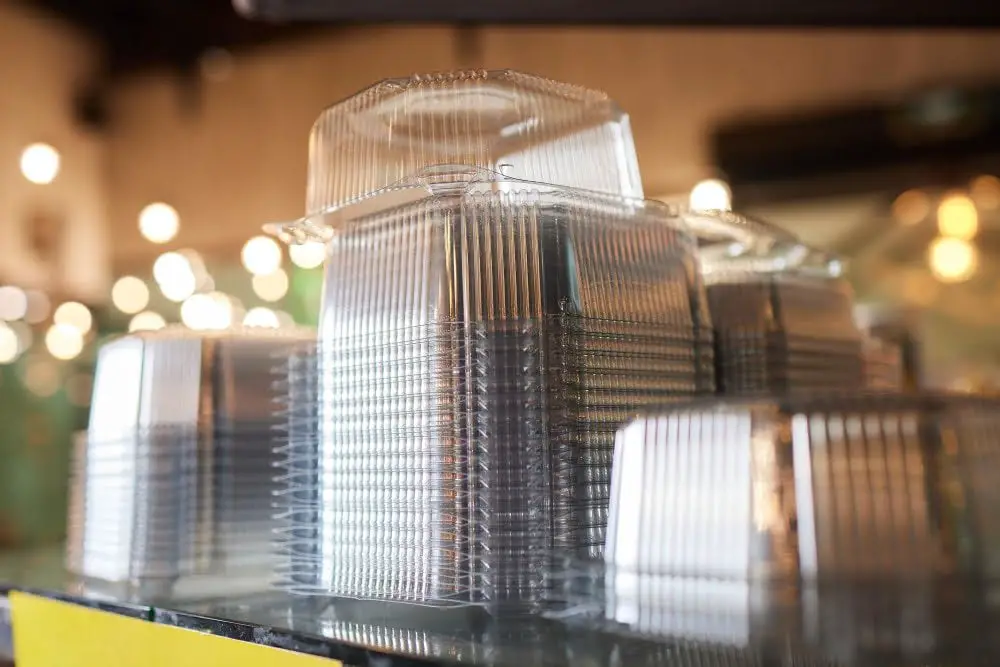
The smoother the surface, the clearer the plastic will appear. There are several available finishes that can be applied to clear plastic parts during or after molding.
One popular option is a high-gloss finish, which gives a shiny appearance and enhances clarity. Another common choice is matte finishing, which diffuses light and reduces glare on surfaces such as screens or lenses.
Other finishes include textured surfaces that provide grip or enhance aesthetics by creating unique patterns on the part’s surface. Some manufacturers offer custom finishes like frosted glass effects for added visual appeal.
It’s essential to consider your application when selecting a particular finish since each has its advantages depending on what you’re looking for in terms of functionality and aesthetics.
Surface Finish for Optimal Clarity
The surface finish of the plastic part plays a significant role in determining its transparency and overall appearance. A smooth surface finish with minimal blemishes or defects will allow light to pass through the material without distortion, resulting in a crystal-clear product.
To achieve this level of clarity, manufacturers use various techniques during the injection molding process. One common method is polishing or buffing the mold cavity before production begins.
This helps create a smoother surface on the finished product by reducing any imperfections that may have been present on the mold’s walls.
Another technique used for achieving optimal clarity is using specialized coatings such as anti-scratch coatings and UV-resistant coatings that protect against yellowing over time due to exposure to sunlight.
Some manufacturers also use additives like optical brighteners which enhance brightness and whiteness while minimizing yellowness caused by aging effects from UV radiation exposure over time.
Available Finishes for Clear Plastic Parts
Fortunately, there are several available finishes for clear plastic parts that can enhance their clarity and durability.
One popular option is polishing or buffing, which involves using abrasive materials to remove any imperfections on the surface of a part. This process results in a smooth and glossy finish that enhances transparency while also providing scratch resistance.
Another common technique used for finishing clear plastic parts is vapor polishing. In this method, vaporized solvent or chemical agents are applied to the surface of a part under controlled conditions.
The vapors then condense onto the material’s surface creating an even layer with no visible seams or marks.
Other available finishes include sandblasting (which creates matte surfaces), texturing (for added grip), painting (to add color) among others depending on your specific needs as well as aesthetic preferences.
Injection Molding Process
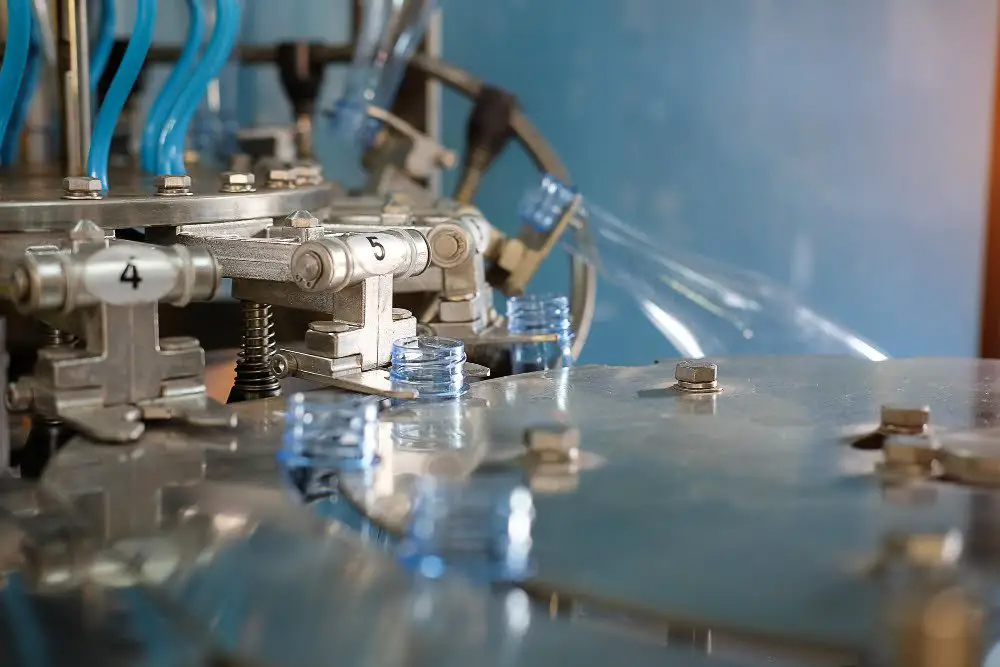
This method is widely used in the production of clear plastic products due to its ability to create complex shapes with high precision and consistency.
In the case of clear injection molded plastics, the process involves melting down transparent or translucent polymers such as polycarbonate, acrylics, or polypropylene pellets until they become liquid. The melted plastic is then injected into a mold cavity under high pressure using an injection molding machine.
Once inside the mold cavity, the molten plastic cools and solidifies around any cores or inserts that are placed within it. After cooling for several seconds (depending on part thickness), ejector pins push out finished parts from their molds automatically.
Injection molding offers many advantages over other manufacturing processes like blow-molding because it can produce more intricate designs with greater accuracy while maintaining consistent quality throughout production runs. This method allows manufacturers to create large quantities of identical parts quickly and efficiently at lower costs than traditional machining methods would allow.
Mold Design and Construction
The mold design determines the final shape, size, and quality of the plastic part. It also affects production efficiency and cost-effectiveness.
When designing molds for clear plastic parts, it’s essential to consider factors such as gate location, venting systems, cooling channels placement among others. These factors help ensure that the molten material flows evenly throughout the mold cavity without any defects or imperfections.
Choosing high-quality steel for constructing molds is equally important in ensuring optimal clarity in finished products while minimizing maintenance costs over time.
Choosing the Right Steel for Clear Plastic Molds
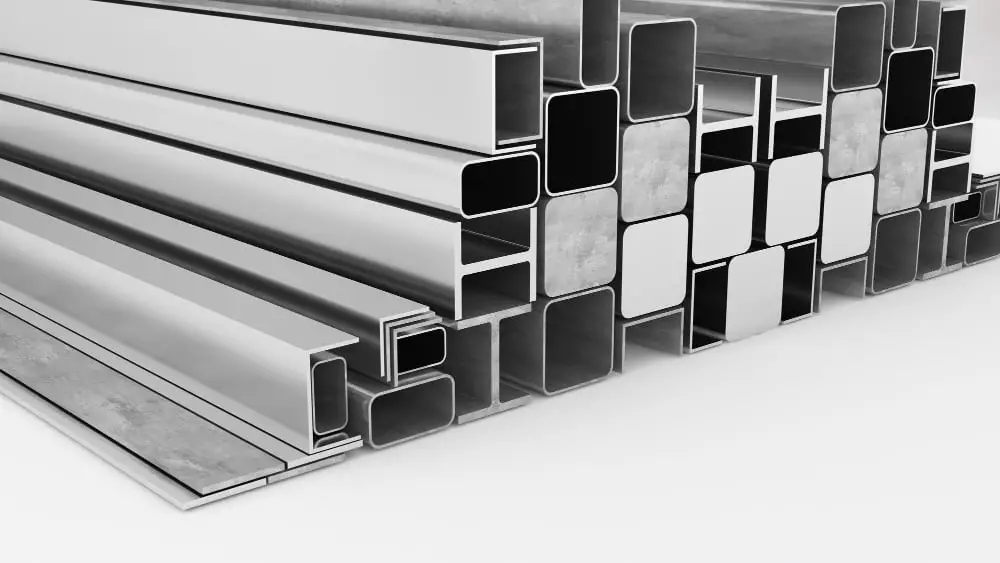
The mold material you select will impact the clarity and quality of your final product. Steel with a high polish finish is ideal for clear plastic parts because it minimizes surface defects and enhances transparency.
One popular choice for molding clear plastics is P20 steel, which has excellent machinability and polishing properties. Another option that provides superior corrosion resistance while maintaining good polishability is stainless steel.
It’s important to note that selecting the right mold material isn’t just about achieving optimal clarity; it also affects durability, cycle time, cost-effectiveness, and more. Therefore careful consideration should be given when choosing a suitable mold material based on specific requirements such as part geometry or production volume.
Selecting the Right Injection Molding Plastics
One of the most important considerations is transparency. Clear plastic parts require a material that has high clarity and minimal haze or discoloration.
Acrylic, polycarbonate, and polypropylene are popular choices for clear injection molded plastics due to their excellent optical properties. Acrylic offers exceptional clarity and scratch resistance while polycarbonate provides superior impact resistance and durability.
Polypropylene is another option that can be used in translucent applications where some degree of light transmission is required but complete transparency isn’t necessary.
Other factors such as chemical resistance, temperature stability, strength requirements should also be taken into account when selecting an appropriate material for your project.
It’s essential to work with a knowledgeable supplier who can help you choose the best plastic resin based on your specific needs.
Selecting the Right Size Injection Machine
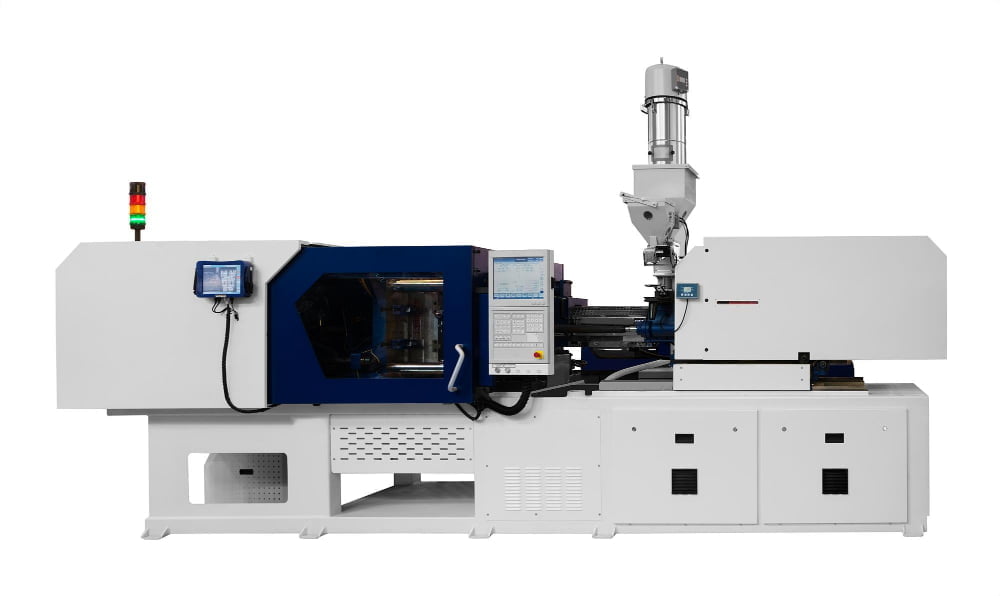
The size of your machine will determine how much plastic material can be injected into a mold at one time. If you choose a machine that’s too small, you’ll have to run multiple cycles to produce enough parts for your project, which can slow down production and increase costs.
On the other hand, if you choose a machine that’s too large for your needs, it may not operate efficiently or effectively. It could also lead to wasted materials and higher energy consumption.
To select the right size injection molding machine for clear plastics manufacturing projects requires careful consideration of several factors such as:.
- The volume of parts required
- Material type and viscosity
- Mold design complexity
- Cycle time requirements
By working with an experienced manufacturer who specializes in clear plastic molding services like us here at [company name], we can help guide you through this process by providing expert advice on choosing an appropriate sized injection molding equipment based on our years of experience in producing high-quality products using various types of polymers.
Most Durable Injection Molding Plastics for Clear Parts
The most durable materials are those that can withstand harsh environmental conditions and maintain their clarity over time. Some of the most commonly used durable plastics for clear parts include polycarbonate, acrylics, and polypropylene.
Polycarbonate is an excellent choice for applications where impact resistance is critical. It has high strength and toughness while maintaining its optical clarity even after repeated use or exposure to UV light.
Acrylics are another popular option due to their exceptional optical properties such as transparency and scratch resistance. They also have good weatherability which makes them ideal for outdoor applications like windows or skylights.
Polypropylene offers excellent chemical resistance making it suitable for use in laboratory equipment or medical devices that require sterilization processes without compromising on clarity.
Choosing the right material depends on various factors such as application requirements, budget constraints, processing capabilities of your manufacturer among others. It’s essential to work with experienced professionals who can guide you through the selection process based on your specific needs.
Making Cheap Clear Plastic or Resin for Molding
First and foremost, it’s important to understand that the quality of your final product will depend on the materials you use. While it may be tempting to cut corners and opt for cheaper options, doing so can result in subpar results.
One option is using recycled plastics as a base material. This not only helps reduce waste but also lowers costs compared with virgin resins.
However, recycled plastics may have impurities that affect clarity or strength.
Another way is by mixing different types of polymers together (blending). Blending allows manufacturers more flexibility when creating custom formulations tailored specifically for their needs while keeping costs low.
It’s worth noting that making cheap clear plastic or resin requires careful consideration of several factors such as raw material selection and processing conditions like temperature control during injection molding process which affects part quality.
Troubleshooting Common Defects
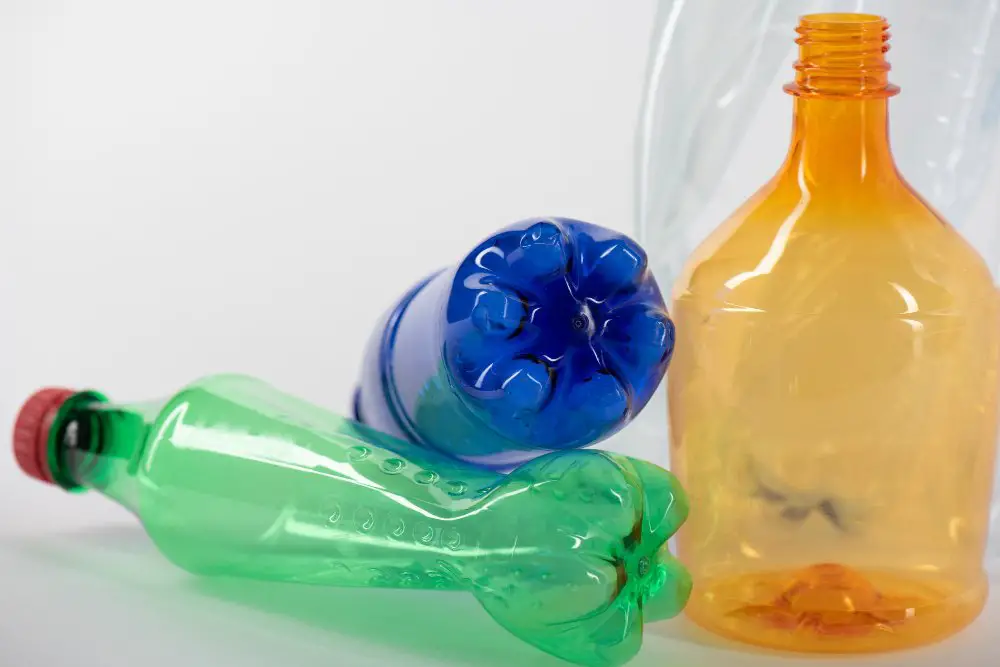
However, like any manufacturing process, there can be defects that occur during the production of clear plastic parts. These defects can range from minor cosmetic issues to more severe structural problems that affect the functionality of the part.
To ensure high-quality clear plastic parts, it’s essential to identify and troubleshoot common defects early on in the production process. Some common issues include sink marks, warping or distortion, flash or burrs on edges or corners of a part after molding.
Sink marks occur when thicker areas cool slower than thinner sections causing depressions on surfaces which may not be acceptable for some applications such as optical lenses where clarity is paramount. Warping occurs when uneven cooling causes different rates of shrinkage across a part leading to deformation.
Flash refers to excess material around edges caused by mold misalignment while burrs are sharp protrusions along an edge caused by excessive pressure during ejection from molds.
Fortunately, many solutions exist for these types of problems including adjusting temperature settings within specific ranges depending upon materials being used; modifying gate locations; optimizing venting systems; improving mold design features such as draft angles and wall thicknesses among others.
Post-Molding Treatments
Post-molding treatments can include a variety of processes such as polishing, coating, or printing.
Polishing is a common treatment used to improve the clarity and smoothness of clear plastic parts. This process involves using abrasive materials to remove any surface imperfections that may have occurred during molding.
Polishing can also help reduce light scattering in transparent plastics by smoothing out any rough surfaces.
Coating is another post-molding treatment that can be applied to clear plastic parts for added protection against scratches or UV radiation damage. Coatings come in various types such as hard coatings which provide scratch resistance and anti-glare coatings which reduce reflections on surfaces.
Printing is yet another option for post-molding treatments where designs or logos are printed onto the surface of the part using inkjet technology or screen printing methods.
Sustainability and Recycling
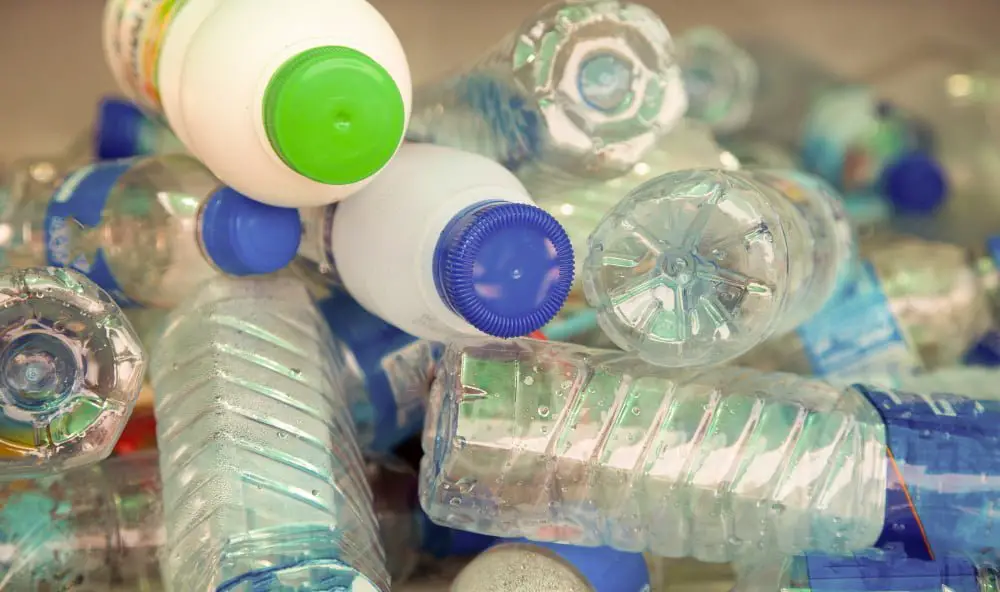
As the world becomes more environmentally conscious, it’s important to consider the impact of plastic waste on our planet. Fortunately, clear injection molded plastics can be recycled and reused in various ways.
Recycling clear plastic materials is a great way to reduce waste and conserve resources. Many manufacturers use recycled materials in their production processes to create new products or parts that meet industry standards for quality and performance.
In addition to recycling, there are other sustainability measures that companies can take when using clear injection molded plastics. For example, some manufacturers have implemented closed-loop systems where excess material from one process is used as feedstock for another process within the same facility.
Sustainability should always be a consideration when working with any type of plastic material including clear injection molded plastics.
Cost Factors and Savings

The cost of producing these parts depends on several factors such as the type of plastic material used, mold design and construction, size and complexity of the part, production volume required, post-molding treatments needed for finishing or assembly purposes.
One way to save costs in injection molding is by optimizing the design for manufacturability. This means designing parts with features that can be easily produced using standard molds and machines without requiring additional tooling or processes.
It also involves minimizing waste materials during production by reducing scrap rates through proper gating techniques.
Another way to reduce costs is by selecting an appropriate resin grade based on your specific application requirements rather than choosing a more expensive one unnecessarily. Working with experienced manufacturers who have established relationships with suppliers can help you secure better pricing for raw materials.
Quality Control and Testing

Before a product is released to the market, it must undergo rigorous quality checks to ensure that it meets industry standards and customer expectations.
One common method used for quality control is visual inspection. This involves examining each part for any defects such as warping, sink marks, or flash.
Other tests may include measuring dimensions using precision instruments or performing stress tests to determine strength and durability.
In addition to these standard procedures, some manufacturers also conduct specialized testing based on their specific application requirements. For example, products intended for use in harsh environments may undergo environmental exposure testing while those designed for food contact applications will be tested according to FDA regulations.
Innovations and Future Trends
One exciting development is the use of nanotechnology in creating even clearer and more durable plastic materials. Nanoparticles can be added to polymers during the molding process, resulting in a material that is stronger, more scratch-resistant, and has better optical clarity.
Another trend on the horizon is biodegradable clear plastics made from renewable resources such as cornstarch or sugarcane. These eco-friendly alternatives are becoming increasingly popular as consumers become more environmentally conscious.
Furthermore, 3D printing technology has also been applied to create complex geometries for transparent parts with intricate designs that were previously impossible using traditional manufacturing methods.
The future looks bright for clear injection molded plastics with new innovations being developed every day. As we continue to explore new possibilities in this field of polymer science and engineering, we can expect even greater advancements that will revolutionize various industries while minimizing environmental impact at an affordable cost!
FAQ
Can clear plastic be injection molded?
Yes, clear plastic, such as acrylic, can be injection molded into crisply clear and colored products.
What is the toughest plastic for injection molding?
The toughest plastic for injection molding is polycarbonate (PC), known for its strong, transparent, and shatter-resistant properties.
Can plexiglass be injection molded?
Yes, plexiglass can be injection molded as acrylic can be molded into various shapes through acrylic injection molding.
Can polycarbonate be injection molded?
Yes, polycarbonate (PC) can be injection molded as it is an adaptable, durable, and pliable thermoplastic.
What are the advantages of using clear injection molded plastics in product manufacturing?
Clear injection molded plastics offer advantages in product manufacturing such as versatility, durability, cost-effectiveness, and design flexibility.
How does the injection molding process affect the optical properties of clear plastics?
The injection molding process affects the optical properties of clear plastics by potentially introducing defects like bubbles, streaks, or haziness, which can negatively impact transparency, light transmission, and overall appearance.
What factors should be considered when selecting a clear plastic material for injection molding?
When selecting a clear plastic material for injection molding, consider factors such as optical clarity, mechanical properties, processability, and resistance to chemicals and UV radiation.
Recap


